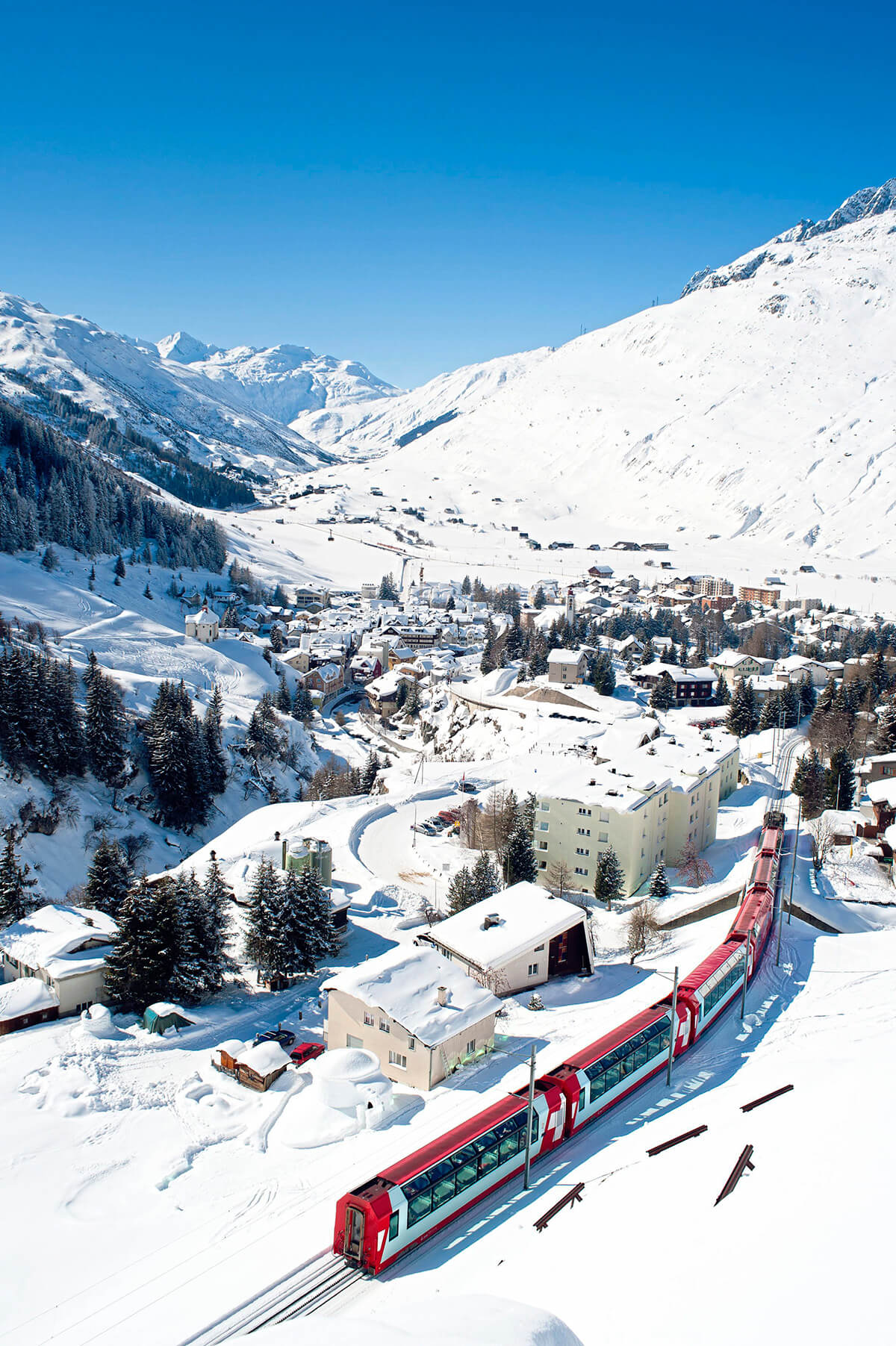
Extreme weather, it seems, has become an increasingly important factor in railway operation over the past decade.
While the climate has influenced the punctuality of public train services ever since their inception 200 years ago, even a casual observer would acknowledge that weather-related disruption is becoming noticeably more frequent.
Flood water washes away ballast from under tracks, weakens earthworks, and inundates tunnels. High winds bring down overhead power lines and scatter mature trees across tracks, creating unacceptable risks to staff and travellers - especially at night.
Summers now bring higher average temperatures with more frequent bursts of extreme heat, often followed by sudden, violent pulses of rain, dumping billions of litres of water on rock-hard ground.
Little wonder that infrastructure managers (IMs) and train operators seek to minimise risk by reducing services or suspending them altogether when adverse conditions are predicted.
Travelling long-distance by rail in winter can often feel like a gamble. It’s not a case of ‘will my train run late’, but ‘how late will it run’ or even ‘will it run at all?’.
Like Network Rail, Germany’s infrastructure manager DB InfraGO (formerly DB Netz) is confronting the daily realities of a changing climate. Train operator Deutsche Bahn (DB) is more exposed to its effects than any other large company in Germany, owing to its nationwide reach.
In 2018, the Potsdam Institute for Climate Impact Research (PIK) outlined the scale of the problems and its guidelines for tackling them. It concluded that some extreme weather conditions are already occurring more frequently and will probably continue to increase in the coming years. This has a direct impact on the reliability and resilience of train services.
DB’s goal is to make its rail service ‘weatherproof’, so that passengers can travel unhindered, and goods can be transported reliably. The strategy includes improved vegetation management, more robust vehicles and facilities, and a weatherproof infrastructure.
In the future, sensors will record system temperatures and environmental conditions around the clock. This enables DB to identify possible disruptions caused by climate damage early and initiate repairs as quickly as possible.
A Deutsche Bahn spokesman tells RailReview: “DB uses selected forecast data that shows the weather for today and the next three days. Depending on the season, up to 14 forecast parameters are relevant - including temperature, snow depths, wind strength, amounts of precipitation.
“Since 2019, DB has had its own platform (Wetter@DB) for weather forecast data and actual data. To be able to make operational decisions in extreme weather situations, DB also uses short-term weather forecasts from the German Weather Service.
“In winter, based on weather forecasts, snow clearing and security forces (among other things) are sent to the locations at an early stage. For example, if it becomes clear two days before it snows that existing switch heating systems cannot process the amount of new snow, winter service staff help by hand.
DB is further developing its weather forecasting tool to allow better prediction of embankment fires. It is also extending forecast periods to up to eight days and installing additional interfaces to external weather portals such as federal state flood networks.
“The new weather forecast tool should be available nationwide from mid-2025. But even with the best protection, there will still be extreme weather events from which railways - like other modes of transport - are not immune.”
Recent observations indicate that the distribution of storms has shifted from winter (November-February) to the remaining months of the year.
This brings additional problems when trees are in leaf and offer a larger surface area for storms to attack. Together with heavy rain, healthy trees on waterlogged ground can also be brought down by storms.
At the same time, temperatures are increasing, while cold and snow are decreasing. Since weather records began in 1880, the annual mean temperature in Germany has already risen by 1.4°C. The number of hot days has almost doubled on average since 1961.
Extreme heat causes equipment to overheat and fail, continuous welded rail to expand and deform, and ageing earthworks to dry out, crack and fail. All of these issues pose an increasing risk to railway safety.
White winters are becoming less common, and days with snow depths of 15cm or more are expected to decrease.
However, particularly severe cold snaps are still to be expected and possibly be even more severe - as demonstrated in early December 2023, when 40-50cm of snow fell overnight in southern Germany.
DB operates a four-step strategy for managing extreme weather events. At Level 0, trained staff and repair equipment is put on standby with up to two days’ notice if storms are expected.
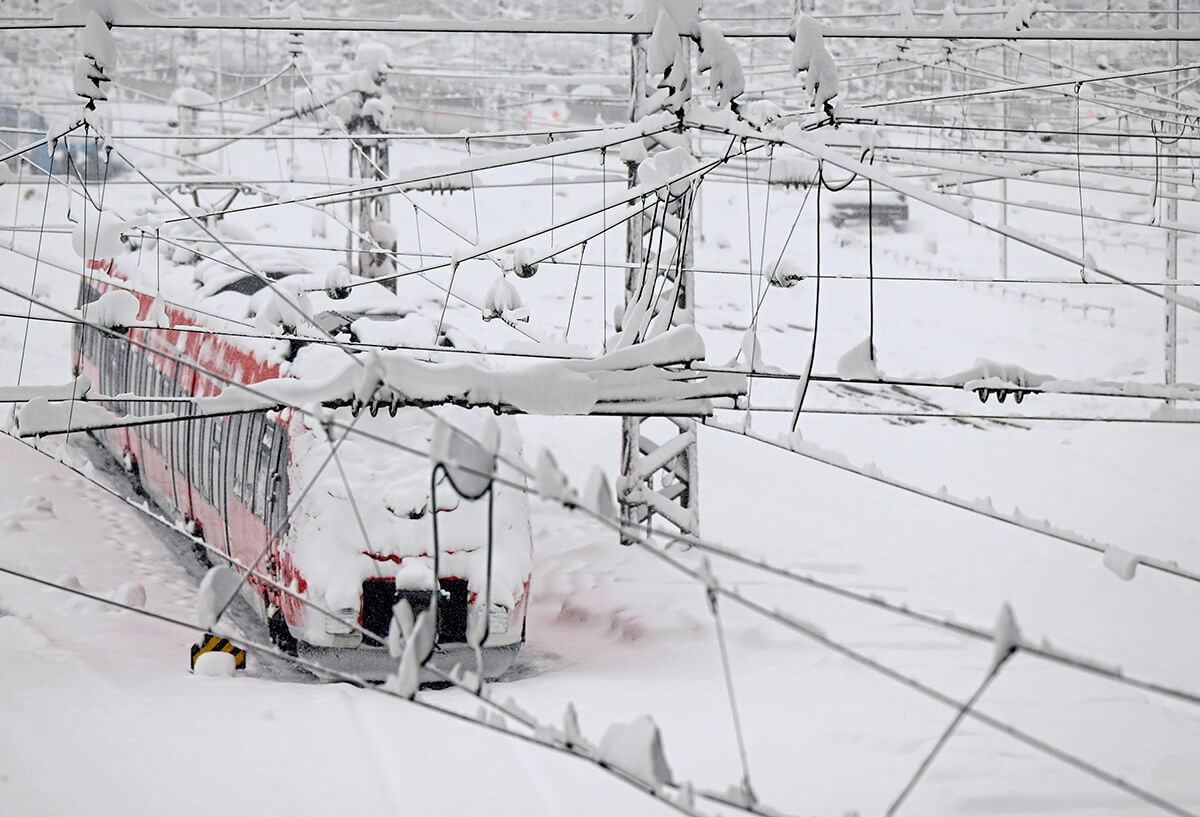
When the alert moves up to Level 1, DB InfraGO’s control centre in Frankfurt-am-Main calls in more staff, and a working group meets to co-ordinate weather-related measures nationwide. Regional teams meet at operations centres in the affected regions.
If the weather event has only local effects, the regional operations centre manages the effects of the storm and its consequences (Level 2).
But if two or more regions are affected the central task force in Frankfurt moves to Level 3 to co-ordinate efforts at a national level.
Based on the experiences of the past few years, DB now advises passengers in advance via various channels to postpone their journey if possible, as in the UK. DB says it communicates “comprehensively” via customer media channels and (in theory) at stations on the operational situation when train services are likely to resume.
Only in “exceptional situations” will DB completely suspend all rail traffic in individual regions. This precautionary measure is designed to protect people, vehicles, and systems. It says this approach has proven successful. The number of travellers stranded in stations was significantly lower during the most recent storms.
Like all railways, DB’s focus is on making routes usable again as quickly as possible after a storm. Hundreds of staff use special equipment to clear tracks and repair technology and overhead lines. DB also uses helicopters to obtain a quicker and more accurate picture of any damage.
A successful programme of vegetation management that has been in operation since 2007 has been significantly expanded as part of efforts to reduce disruption.
Between 2018 and 2023, DB reportedly invested around €625 million (£535m) to thin out forests in a six-metre cutting zone on both sides of tracks, to reduce disruption from falling trees.
It also committed to regular checks of air-conditioning systems in more than 4,000 signal boxes, sub-stations and control units, as well as other cooling devices, with the aim of protecting the control and safety technology against extreme heat.
Heat-related disruptions fell by 20% between 2015 and 2020. Failures of heating, ventilation and air-conditioning (HVAC) systems on trains decreased significantly in the same period.
Despite all this, DB’s performance was worse than ever in 2023, falling to its lowest level for eight years.
Punctuality of long-distance trains in particular has been abysmal for a railway that was once a beacon of reliability. In November 2023, almost half of all IC and ICE trains ran late, with just 52% arriving less than six minutes behind schedule.
Exceptional snowfall of up to half a metre in Bavaria on December 2/3 led to numerous breakdowns and prompted the cancellation of hundreds of trains, with malfunctioning signalling systems and electronic information boards exacerbating the problems. In many cases, trains were trapped in depots and sidings by heavy snow and frozen points.
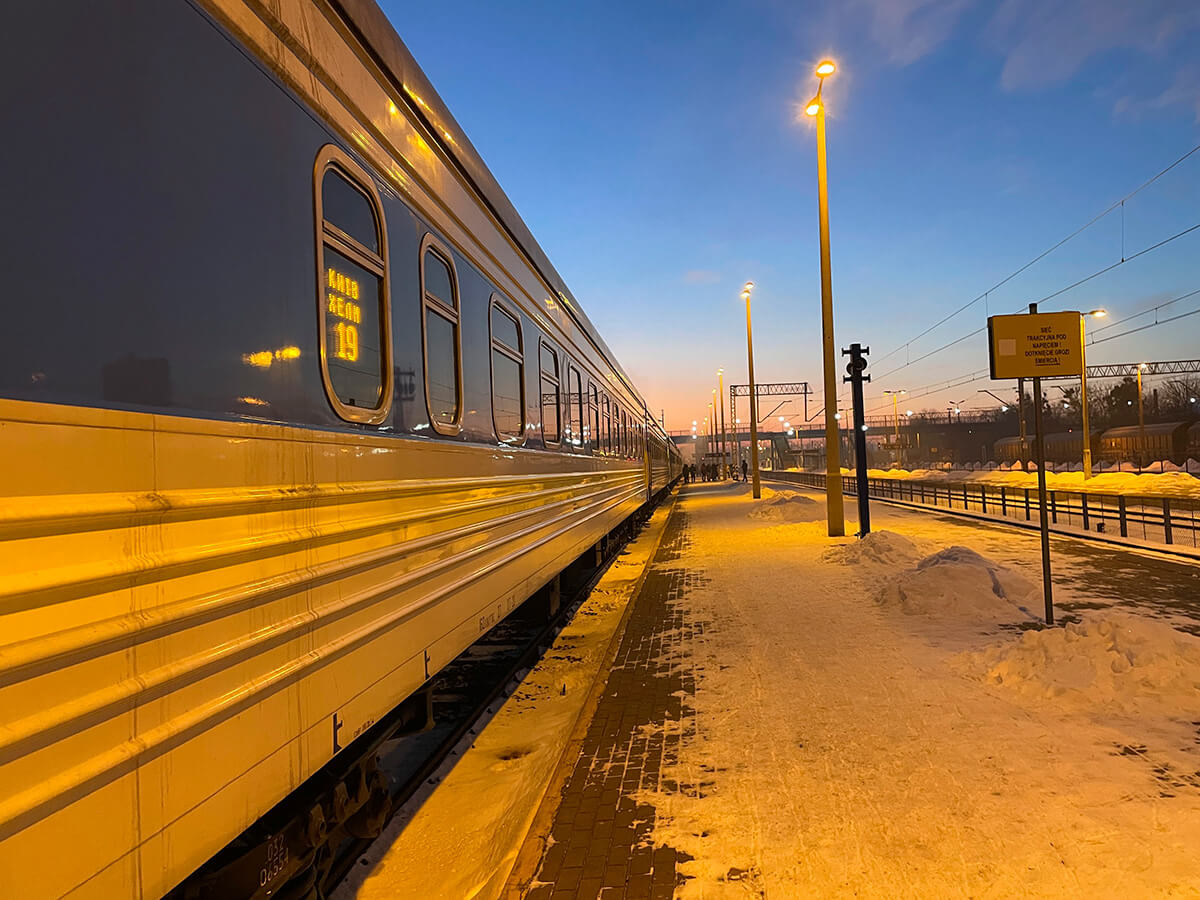
Both rail and road passengers were advised to cancel any unnecessary journeys amid the chaos, after Munich’s main station was closed on December 2. Massive disruption continued into the following week.
It’s tempting to fall back on the generalisation that railways are better in other countries, or were better, cheaper, and more reliable in the past.
As we’ve seen, the evidence doesn’t always back that up, although the evolution of railway technology and the massive growth in mobility have had an effect on the performance of trains and control equipment over the past 40 years.
We travel further and more frequently than previous generations, both for leisure and for commuting. As a result, more of us are likely to be inconvenienced when train services are disrupted.
A full version of this feature appears in the Q! 2024 issue of Rail Review.



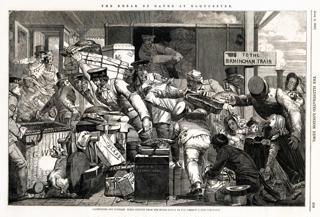
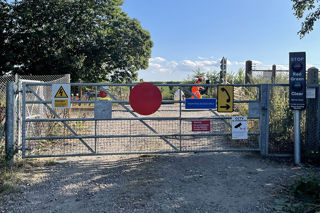
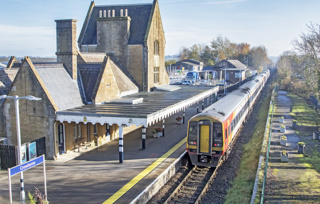












Login to comment
Comments
No comments have been made yet.